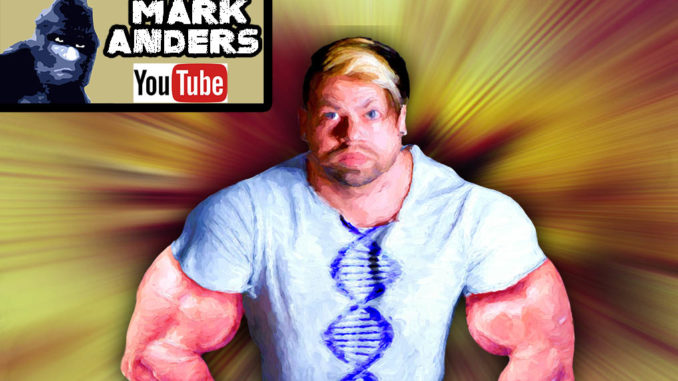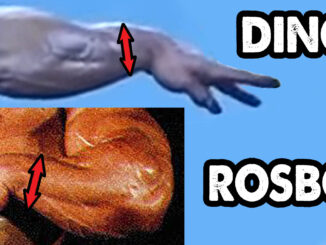
In the contemporary landscape of biotechnology and genetic manipulation, one luminary who fervently advocates for the democratization of gene-editing is none other than Josiah Zayner, a distinguished scholar bearing the prestigious title of a PhD. His resounding vision is to break the age-old barriers that confine genetic engineering within the realms of the medical community or tightly regulated governmental auspices, and instead, pave the way for a future where this extraordinary power can be harnessed by the public at large. In this envisioned paradigm, genome editing, epitomized by the evocative acronym CRISPR (Clustered Regularly Interspaced Short Palindromic Repeats), becomes the fulcrum of transformation. Genome editing, in essence, hinges on the capacity to manipulate the intricate genetic blueprint encoded within an organism’s DNA, encompassing the entirety of its genetic composition.
The crux of Zayner’s compelling initiative lies in the premise of introducing consumer-level gene editing to the masses. As a testament to his dedication, Zayner made an audacious and headline-grabbing gesture, which, in some quarters, was perceived as a publicity stunt. With deliberate intent, he injected his forearm with a DNA concoction that was designed to “block” the myostatin gene—a gene responsible for tempering muscle growth. By inhibiting myostatin, the outcome is, intriguingly, an escalation in muscular development. This phenomenon is not unfamiliar; it finds its natural occurrence in livestock, such as the robust Belgian blue cows, and the swift and powerful whippets. Notably, scientists have embarked on ventures to introduce myostatin inhibition in animals, including mice, with a view to addressing muscle wasting diseases. The concept further extends into the sphere of sports and athletics, where such genetic interventions may redefine the bounds of human physicality.
Yet, it is paramount to acknowledge that the voyage of gene editing is, in truth, at its infancy, riddled with complexities and pitfalls that demand careful exploration. The primary challenge that confronts this field is precision—how to target genes with unerring accuracy to induce the desired outcomes while mitigating unintended and deleterious consequences. The story of gene editing is far from a perfected narrative, and the wrinkles that mar its seamless execution must be diligently ironed out.
With a measure of pragmatism, it is worth noting that Zayner’s act of injecting DNA into his arm, ostensibly to inhibit myostatin, is more symbolic than scientifically groundbreaking. In earnest scientific experiments, such interventions necessitate multiple injections administered over an extended period of weeks and months to yield discernible results. A simple act of injecting DNA into one’s arm, although daring and provocative, does not instantly metamorphose it into a Popeye-like appendage. The full spectrum of potential side effects and unforeseen consequences remains uncharted territory, and much remains to be elucidated.
However, beneath the surface of Zayner’s provocative actions lies a profound ethos—a resolute belief in the democratization of genetic editing. Drawing a poignant analogy with the open-source philosophy that catalyzed the computer revolution, Zayner ardently champions the idea of placing genome editing technology directly into the hands of individuals. The vision is that by extending the codes required to manipulate DNA, as one would for computer programs, operating systems, and applications, the trajectory of genetic technology will be fundamentally altered. Drawing inspiration from visionaries like Linus Torvalds, the Finnish master’s student who, independently and without the support of a university or think tank, fashioned the groundbreaking Android technology for mobile phones, Zayner envisions a comparable revolution in biotechnology.
Of course, it is not without caveats and reservations. As Zayner himself concedes, the technology is replete with potential pitfalls. The scope of applications transcends myostatin inhibition and muscle growth; it encompasses an expansive array of possibilities, including the ability to alter characteristics like hair color, height, or waist size. In this newfound era, it is imperative to avoid constraining this technology within the purview of an exclusive cadre of biotech elites. Instead, Zayner champions the ideal of granting this monumental power to the people. The anticipated outcome is a burgeoning of progress and the expeditious ascent of human achievement, unbridled by the limitations that have hitherto defined the boundaries of human potential.
Josiah Zayner’s advocacy, rooted in the realms of biohacking and consumer-level gene editing, opens the door to a biotechnological revolution that stands poised to change the course of human history. In this vision, much like the computer revolution before it, the reins of discovery are placed firmly in the hands of the populace, propelling society into an uncharted era of rapid progress and transformation.




Be the first to comment